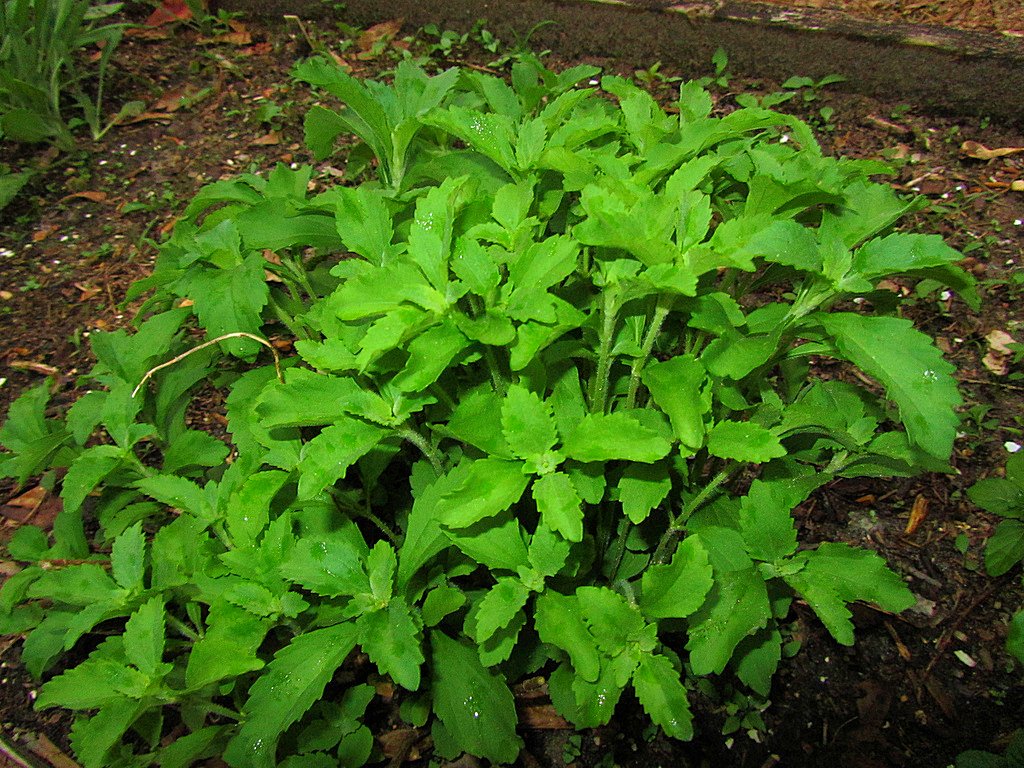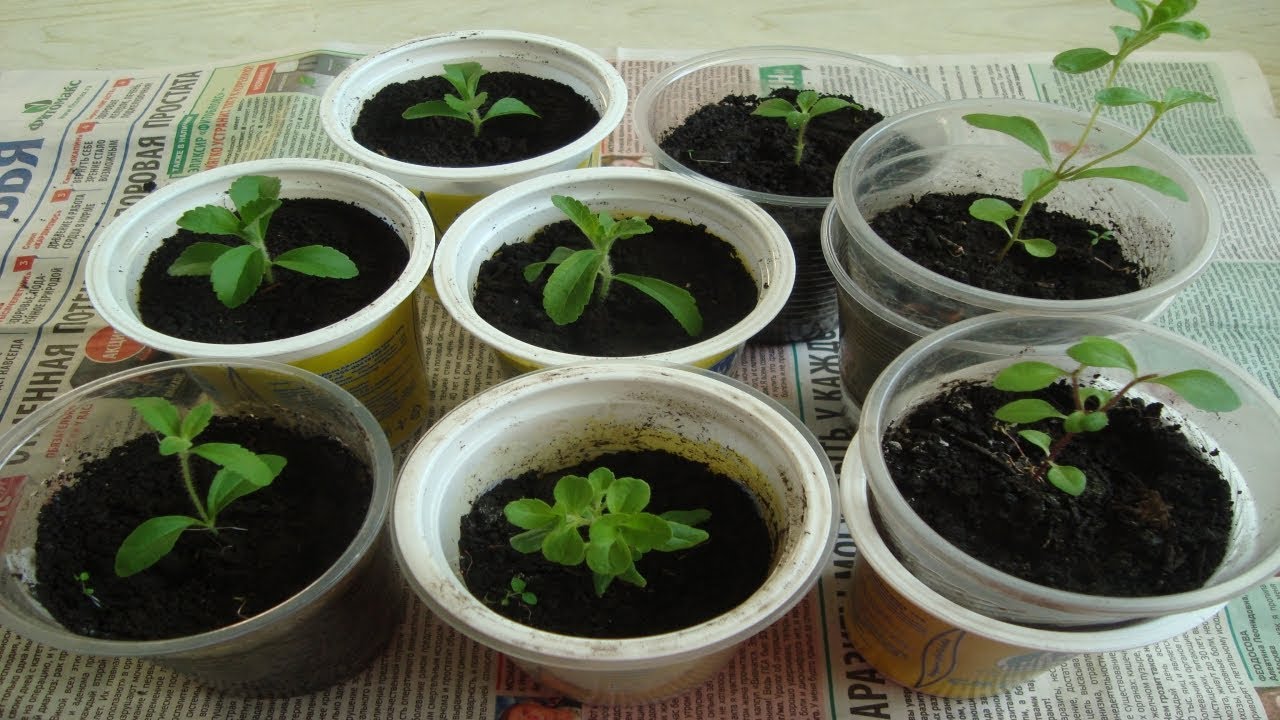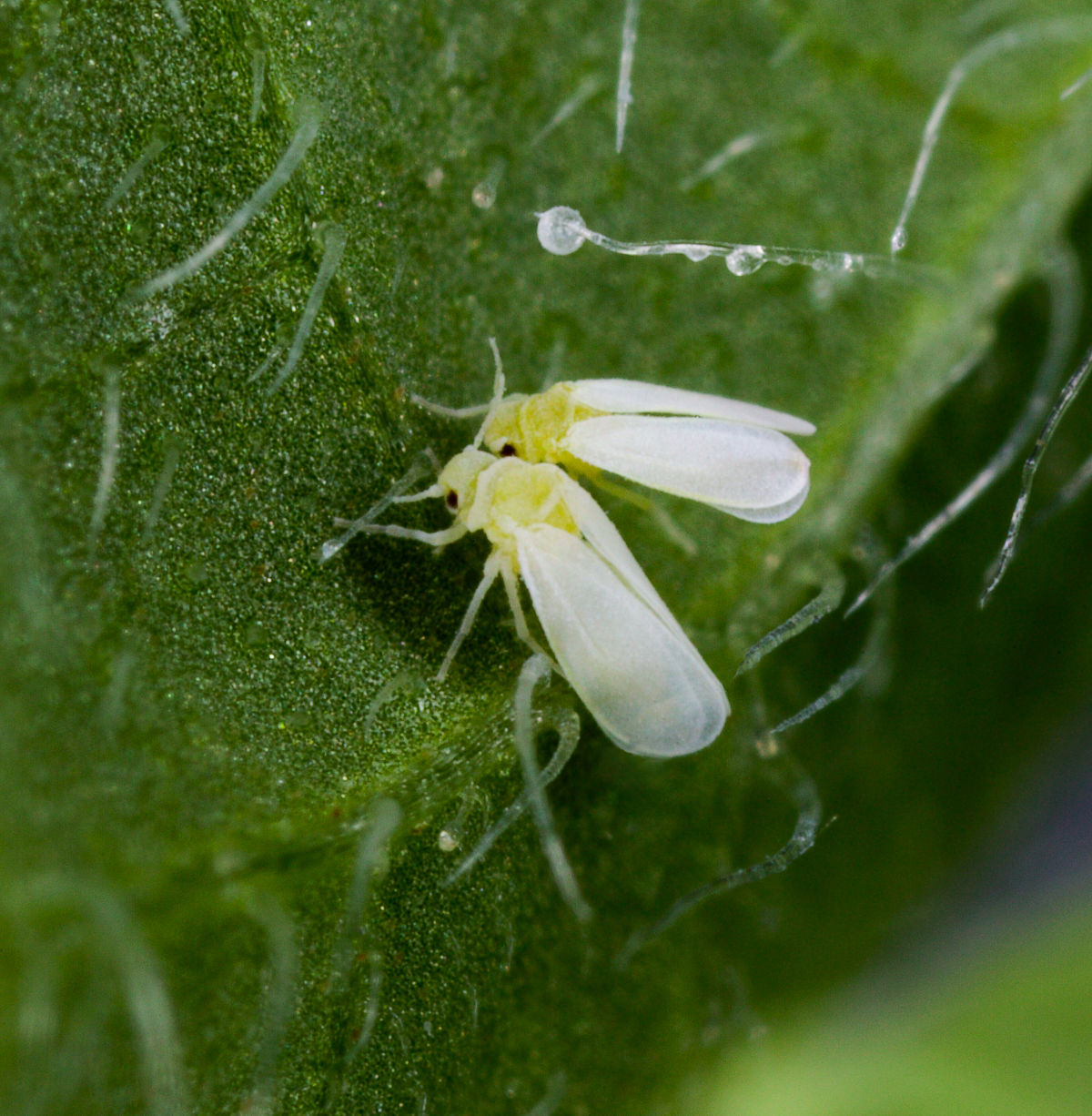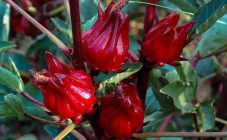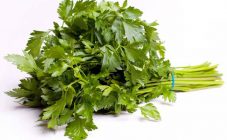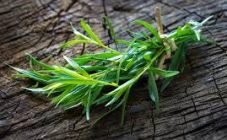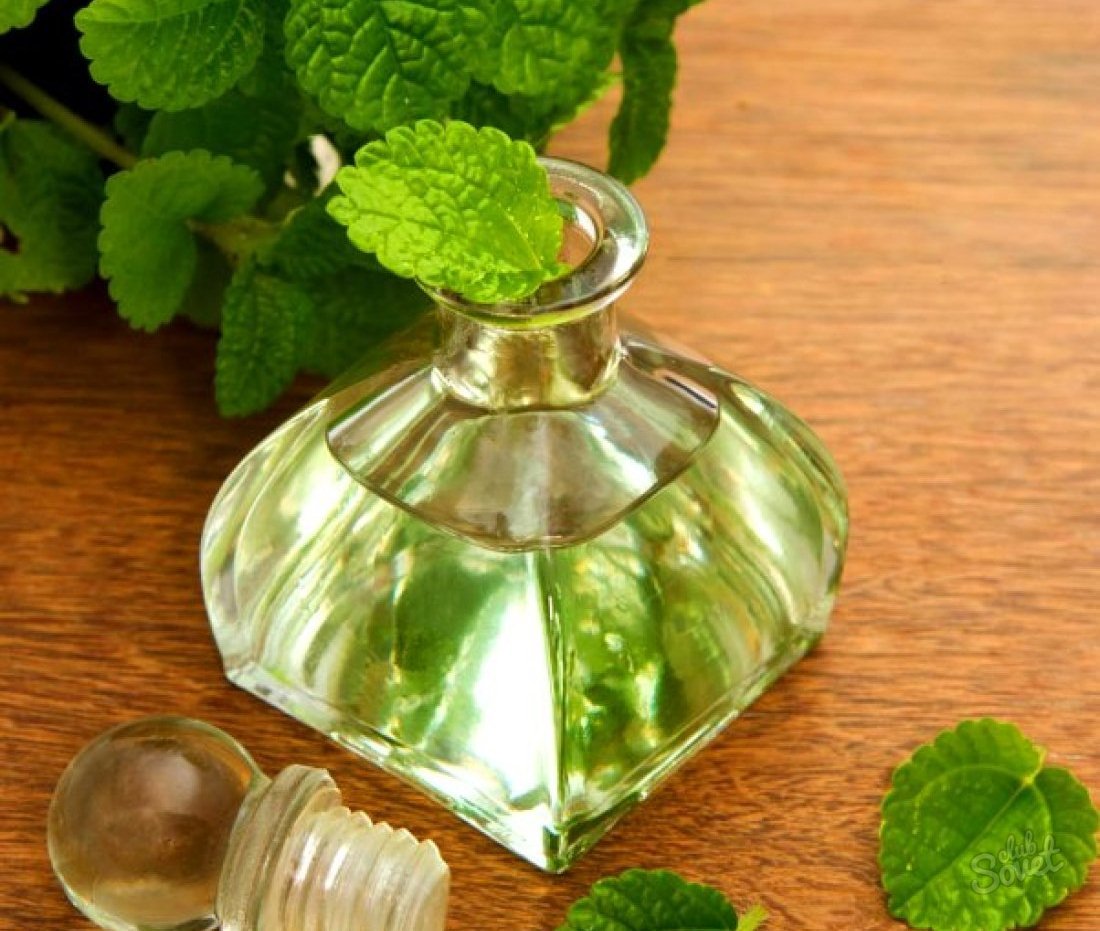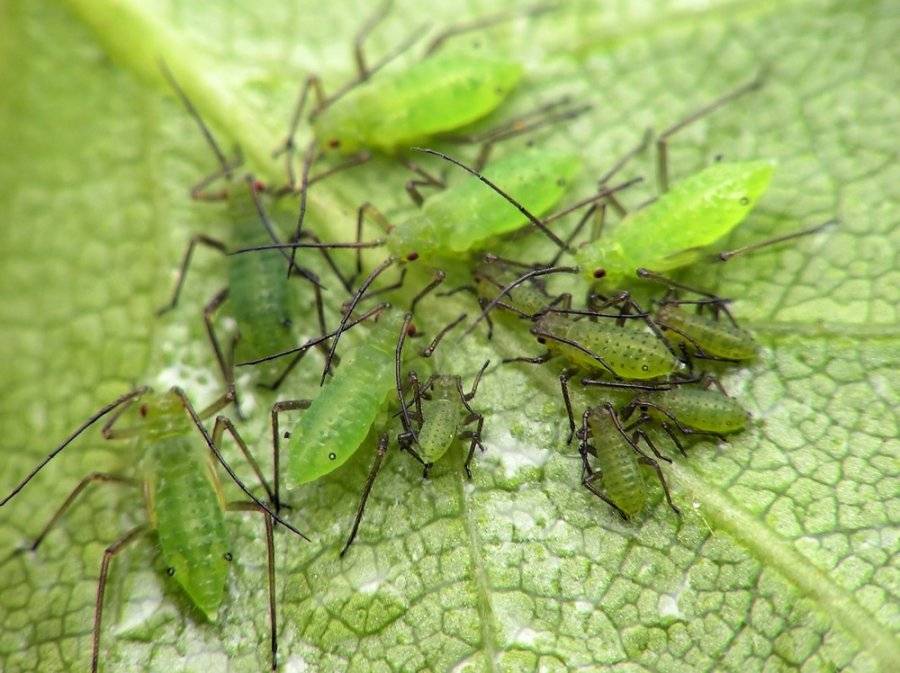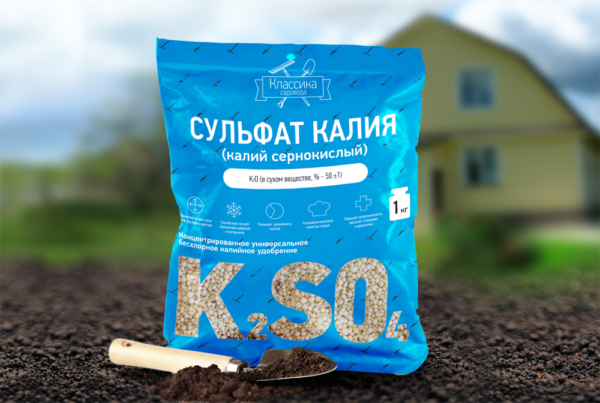Content:
For several centuries, the sweet herb has been used as a remedy for all kinds of diseases and as a food sweetener, successfully replacing sugar in the diet. Stevia is especially popular in Japan. The Japanese explain the high rate of longevity by the presence of grass in food. What is this magic herb that helps to live up to a hundred years?
Description of culture
Stevia herb is a perennial plant of the dicotyledonous class of the Astrov family, a distant relative of dandelion and pharmaceutical chamomile. Stevia is very thermophilic, so it can die at temperatures below 10 ° C.
Stevia grass looks like a shrub with high stems, small white flowers, collected in complex inflorescences, and small oval leaves.
Areas of natural growth - Central and South America. It is widely cultivated in Japan, China (world leader in export), Korea, on the Crimean Peninsula. Grown in open and closed ground.
The herb genus consists of 241 species, but only one Stevia honey (Stevia Rebaudiana Bertoni) is grown for industrial processing. Only grass leaves are suitable for production.
Varieties and their names
There are several popular stevia varieties. The difference between them is in frost resistance, disease resistance and slightly different tastes.
The most popular are 2 varieties:
- Stevia Detskoselskaya. The variety was bred by crossing and selecting the strongest specimens of the species. The bush has an average size: diameter about 0.3 m, height up to 1 m. Leaves are green, slightly pubescent, 2 cm wide. Flowers have a pale pink tint. The yield of Detskoselskaya stevia is up to 0.5 kg per 1 m², which is considered a fairly good indicator.
- Stevia Dulcinea. Likewise with the first - the result of a careful selection of the strongest. This bush is up to 1.1 m high and 0.45 m in diameter. Stevia Dulcinea leaves are small, narrow, 1 cm wide, densely pubescent with white fluff. The flowers are white. The yield is high - 1 kg from 1 m² of planting.
Stevia herb requires a lot of heat, sun, and abundant watering. On fertile soil, the plant reaches 1.5 m in height. However, in the Russian climate, it is grown as an annual, which requires moving to pots for the winter for storage indoors.
How the plant reproduces
To propagate this culture, 2 methods are used
Sowing seeds
Seedlings are grown from seeds. Germination rate is very low - about 50%. Herbal stevia is sown on seedlings from late March to early April.
For sowing, prepare a soil mixture: mix humus, sand, turf soil. Seeds are evenly distributed over the surface of the soil, watered, covered with glass or film. Until sprouts germinate, the boxes are kept in a sunny, warm place (temperature from 20 to 25 ° C). The first shoots appear in a week. The glass is removed. Seedlings are watered regularly. As 2 real leaves grow, they dive into separate cups.
Seedlings are planted in open ground when the threat of recurrent frosts has passed. The recommended distance between planted rows is 0.4-0.6 m, and between plants - 0.25-0.3 m.
By cuttings
In the period from late February to June, stevia cuttings are harvested. To do this, take the upper part of the shoot with 4 internodes.The lower part is treated with any growth stimulant, placed in wet sand, and a greenhouse cap made of film is built on top. There should be high humidity under the film, which is easy to create by spraying from a spray bottle.
After 15-20 days, roots should grow, and young grass is planted in the ground. Stevia herb loves loose, well-drained soil. Sand and compost are additionally added to the clay.
Culture properties, features and characteristics
Stevia herb contains glycosides, which makes it a natural substitute for the usual granulated sugar (1 kg of dry leaves replaces 30 kg of sugar), but it has a low calorie content. Its use does not increase the blood glucose level, does not provoke inflammatory processes in the body, which is especially important for diabetics, overweight people, as well as those with inflammatory diseases of internal organs.
In addition to glycosides, the sweet herb contains:
- vitamins (A, B1, B2, C, P, PP, F, beta-carotene);
- minerals (potassium, calcium, phosphorus, magnesium, silicon, zinc, copper, selenium, chromium);
- flavonoids;
- polyunsaturated fatty acids;
- spicy aromatic substances.
Stevia herbs are used for the prevention and treatment of such diseases:
- obesity;
- diabetes;
- blood glucose;
- hypertension;
- ischemia, angina pectoris;
- inflammatory diseases of the gastrointestinal tract;
- avitaminosis.
Sweet herb is used in food:
- fresh leaves;
- pills;
- herbal extract powders;
- liquid additives;
- dried leaves.
Stevia herb leaf extract is the safest sweetener, natural sugar substitute. It is popular with people who are concerned about losing weight and do not consume sugar.
In addition, they note benefits in the fight against hypertension, high cholesterol, diabetes. It also helps with colds and coughs.
In the instructions for use, caution is noted in the use of stevia for hypotensive patients, as it can worsen their condition, lowering the already low pressure. For insulin-dependent diabetics, it should be borne in mind that taking Stevia honey herb slightly decreases sensitivity. This may be a contraindication.
About diseases and pests of stevia
In middle latitudes, the plant does not get sick and is practically not affected by pests. The problem can arise at the stage of growing seedlings. At low air temperatures and high humidity, the black leg can harm the seedlings, damaging the stem at the point of contact with the ground. Prevention of this disease is the disinfection of the soil with boiling water or a weak solution of potassium permanganate.
Indoors, stevia pots can be attacked by the greenhouse whitefly. Pests - butterfly larvae - settle in the lower part of the leaves and suck the juices out of them. To combat whitefly and its larvae, a soap solution is used.
Collection and preparation of grass
The herb is harvested at the beginning of flowering, when the glycoside level is highest. The stem is cut off the ground, dried in dryers or in the sun. The faster the drying, the better the raw materials.
Various medicinal properties and advantages, absence of harm make stevia herb one of the most useful plants for humans. But you will have to tinker with its cultivation, since the culture is capricious and does not always take root in Russia. But who does not take risks, he does not eat natural sugar obtained from the leaves of the grass, which is many times more useful than ordinary sugar!
